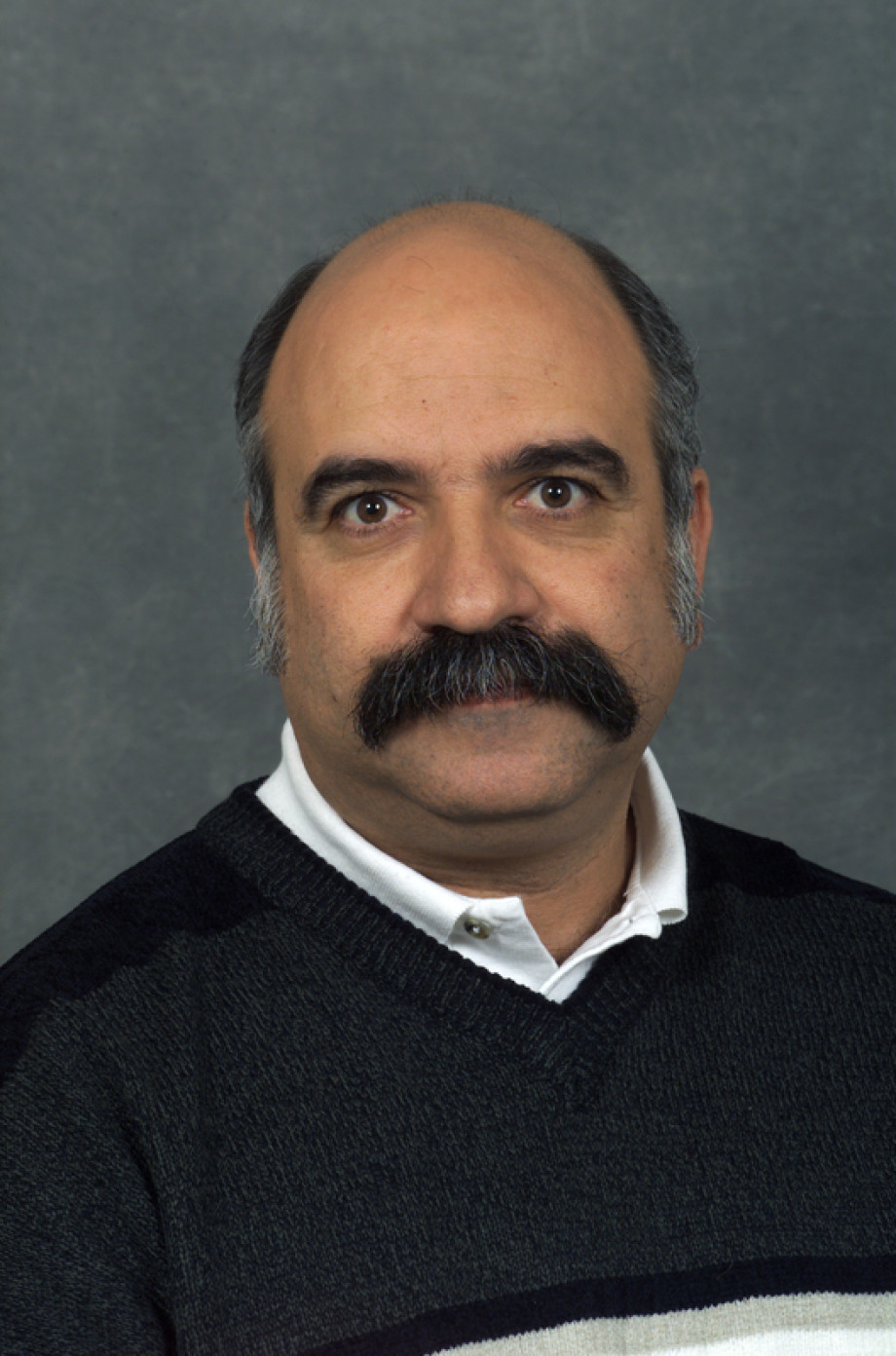Joe Burrescia to Step Back from Working at 100 Gbps, Take Things a Little Slower
Since he joined ESnet 20 years ago, Joe Burrescia has seen the pace of work speed up dramatically, from the then-blazing transfer rate of 1.5 megabits per second to today’s 100 gigabits per second. But through all the speedups, development of new services, and international collaborations, Burrescia said the one constant has been ESnet’s commitment to its core values.
“We’re here for science. We do whatever it takes to get the job done,” said Burrescia, who’s retiring at the end of June after 37 years at Lawrence Livermore and Lawrence Berkeley national laboratories. “That means we’ll take up a problem wherever it is and carry it through to resolution.”
Burrescia has also seen the perception of ESnet change. Launched in 1986, ESnet has always been a very good engineering organization. But for the first 15 years or so, they kept that largely to themselves. When Bill Johnston succeeded Jim Leighton as head of the network in 2003, “he said we did good work and should let others know about it,” Burrescia said. “And when Steve Cotter arrived, it really took off.”
And now, as the search for a new head of ESnet continues, the organization has been anointed as the Scientific Networking Division at Berkeley Lab. “We’re being recognized for what we contribute to DOE’s research mission, and the future’s bright,” he said.
Burrescia grew up in Trinidad, a coal mining town in Colorado just 15 miles north of New Mexico. As a high school junior, he began taking classes in electronics and computers at Trinidad State Junior College. In those classes, he met Kevin Oberman, who retired from ESnet last year. One of his high school classmates was Jim Gagliardi, who is also retiring from ESnet this year.
“It was a magnet school for recruiters and a very good conduit for Livermore—about 50 people over the years ended up at LLNL,” Burrescia said. The other main recruiter was Sperry Rand, which trained graduates to work on electronics in submarines. Burrescia opted for Livermore and arrived there almost on his 20th birthday. He started as an electronics technician “back when you could actually fix computers instead of replacing them.” One of his big projects was a mass storage unit built by Control Data Corp. It held 1 terabit of data and occupied an entire room. Burrescia and others designed and built the controllers for the system.
It was also a time when you had to build your own networks. At LLNL, a network called Octopus reached out to tie displays, teletypes and the supercomputers of the day together.
On a visit back home to Trinidad, Burrescia met up with Gagliardi, who asked about working at LLNL.
“I talked him into coming to Livermore, and then he talked me into joining ESnet,” Burrescia said. “And then I talked to Kevin about moving into ESnet.”
After a number of years working with hardware, Burrescia learned that he really liked working with software. With support from the lab, he went back to school and earned his BS in computer science from the University of the Pacific in Stockton. When Gagliardi talked him into applying for a position with ESnet, Burrescia admits he had to climb “a pretty steep learning curve. But the troubleshooting skills I acquired debugging hardware came in handy.”
He made the move to Berkeley Lab when DOE’s Office of Science moved NERSC and ESnet to LBNL in 1996. In 2005, at Johnston’s behest, Burrescia took on the job of ESnet general manager, handling issues such as resource management , reviews, and helping prepare reports for DOE and the Office of Management and Budget.
“With so many things going on around here, it’s my job to keep my arms around everything and make sure everybody’s going in the same direction,” he said. “We’re very lucky in that we’ve always had world-class engineers.”
But just as important as technical networking skills are the social networking skills, and finding people who are a good cultural fit with the organization is at the top of the list for hiring new staff. ESnet staff rely on strong partnerships with their peers at the various DOE labs, as well as engineers at other research and education networks around the world. They also need to work in partnership with industry. “We’ve dragged many vendors from the backwater into the limelight,” Burrescia said, adding that once ESnet staff evaluate their options and then choose an equipment vendor, other networking organizations often follow their lead.
But for himself, he’s ready to slip back and explore some backwater areas, like alpine lakes in the Sierra Nevada and streams in Colorado where he can do some fly fishing, including some trips with Gagliardi, who lives just a few houses away.
His son, John, recently graduated from the University of Southern California, so that’s one worry off his plate, “But he’s getting married next year, which will keep my wife, Cheryl, and me busy. In the short term, I just plan to take some time off and decompress.”




